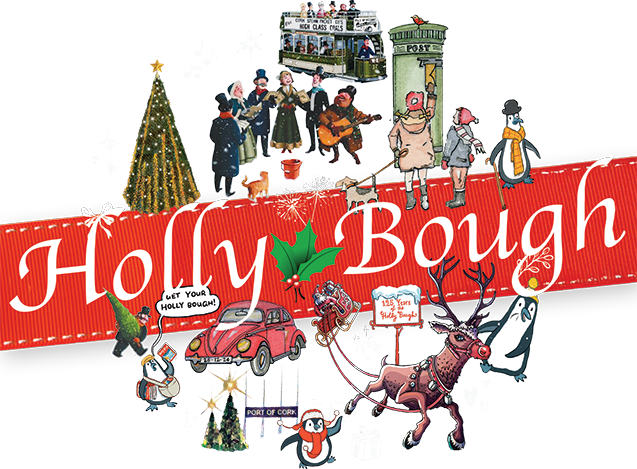The Dunmanway influence on the British & Irish Lions' kit

A close-up of the socks of British & Irish Lions forwards prior to a scrum against South Africa during the 1997 tour.
Thursday’s announcement of the British & Irish Lions squad for this summer’s tour to Australia brought the usual speculation.
In a way, it’s nice that the word ‘bolter’ comes into the sporting lexicon every four years, while you can rest assured that people complaining that Andy Farrell didn’t pick enough Irish players were the same ones offended in by Warren Gatland’s selections in 2013.
Back then, when Brian O’Driscoll was omitted for the deciding third test against the Wallabies – which the Lions won to claim the series – the joke was that Tommy Bowe, Jonathan Sexton and Seán O’Brien were making their debut for Wales, such was the influence of the Dragons.
Of course, the fact that, like Wales, the Lions play in red jerseys underlined that feeling, with the limiting of the green of Ireland to the tops of the stockings also seen as grimly proportional.
That there is any green at all on the composite team’s kit was something that had to be campaigned for – and a Dunmanway native led the charge.

George Beamish was born in West Cork in 1905 and attended primary school in Dunmanway before the family moved to Coleraine in Derry. At Coleraine Academical Institute, he excelled at sport and, after enrolling at the Royal Air Force college at Cranwell in 1923 – three of his brothers and two sisters would also serve in the RAF, a record for a single family – he won force golf and boxing titles.
As multi-talented as he was, it was in rugby union that Beamish shone brightest, going on to win 25 caps for Ireland.
A powerful number 8, he was nicknamed ‘the Irish Hercules’ by the press and captained Ireland to a share of the 1932 Home Nations Championship (France had been briefly expelled).
By that stage, he had made his sartorial mark on the Lions. While we are now familiar with the kit of red shirts, white shorts and navy socks with green tops, it was not until 1950 that that mix was first used.
The first few tours in the early 20th century featured various hooped jerseys of red, white and sometimes navy, before a France-like outfit of dark blue shirts, white shorts and red socks came into use for the 1910 tour to South Africa.
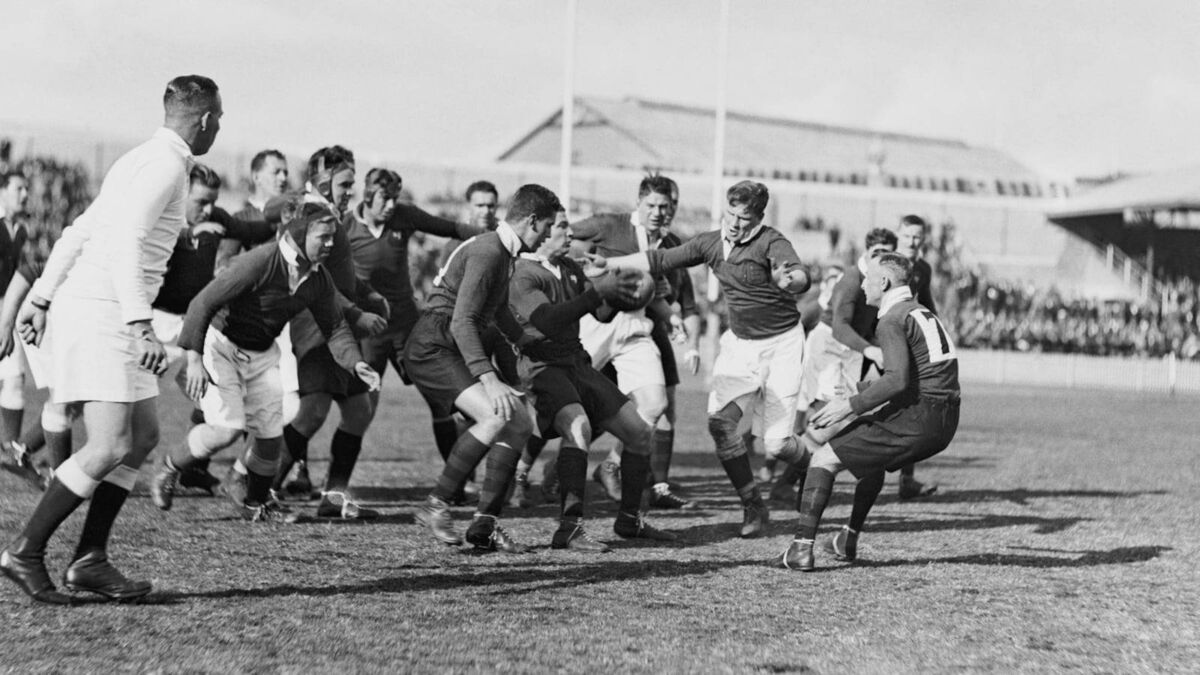
Such a combination was also in use for the 1930 tour, which encompassed five Tests, four against New Zealand and Australia. Beamish appeared in all of those matches and 17 others, his 22 appearances out of 29 matches the most by any player.
As mentioned, the Lions socks were red but with white turnovers and Beamish, feeling it unfair that green was nowhere to be seen, challenged those in charge. A compromise was reached where a green ‘flash’ – a piece of material, held in place with a pin, albeit prone to coming loose – was added to the socks.
That tour was also notable for another kit occurrence. As the Lions’ blue jerseys were so dark, there was a colour-clash issue with New Zealand and so, for the first time, the All Blacks failed to live up to their name as they donned white alternative shirts.
For the trip to South Africa in 1938, Beamish’s intervention was made permanent as the navy socks had green tops – though, with the blue shirts still in place, it meant that there was no red on the kit for that tour.
It’s unknown if any Welsh representatives kicked up but, if there were any misgivings, they were surely sated by the time of the next tour in 1950. Travelling to New Zealand again, this time the Lions avoid the possibility of offending the hosts by making them change again and instead pre-empted any problems by going with red jerseys.
It is a look that, bar the necessary commercial intrusions nowadays, has stood the test of time.
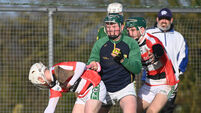
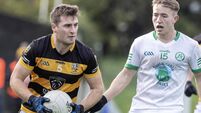
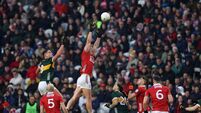

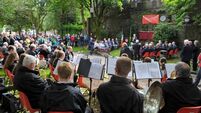

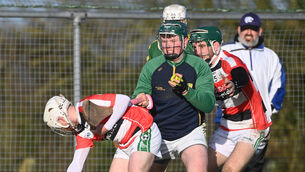



 App?
App?






